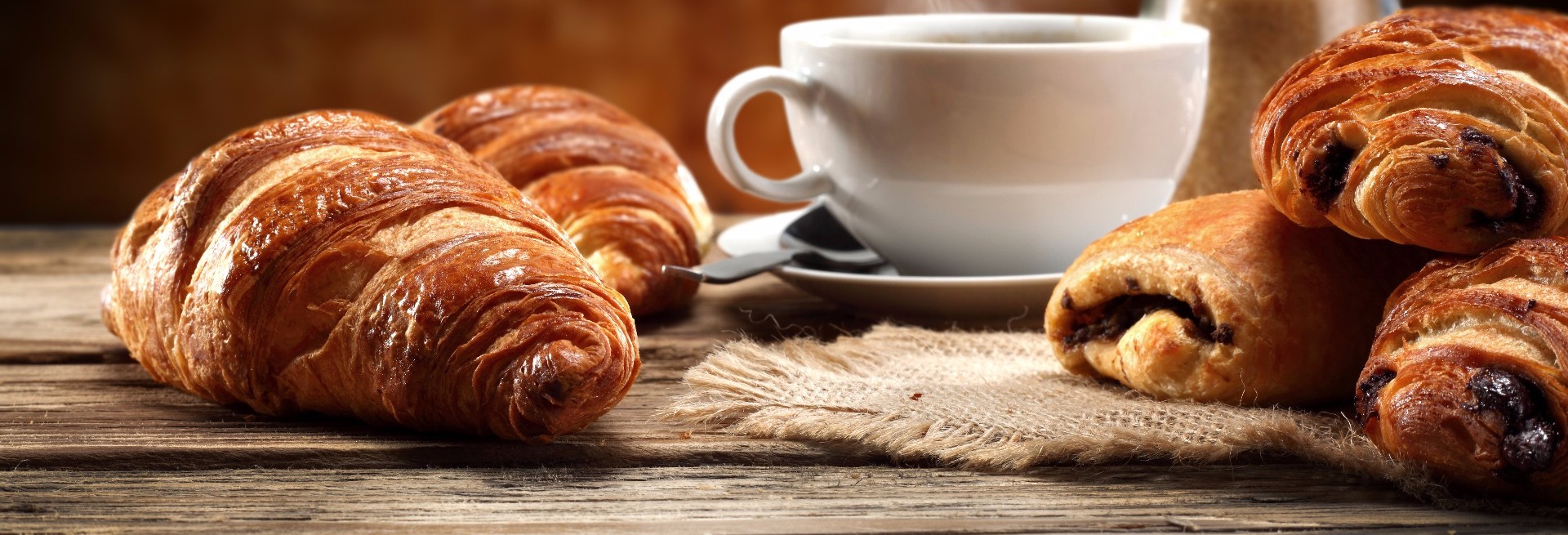Dip Molding
Enter subtitle here
Inside the dip molding process, the molds are dipped in a polymer in order to mold a part. Consequently, you can create grips, caps, drink coolers as well as a number of other items. The process starts off with aluminum or steel molds. The rack is dipped in a fix of mold release to strip a finished part. Over the following phase, the part is preheated. Let's find out.

